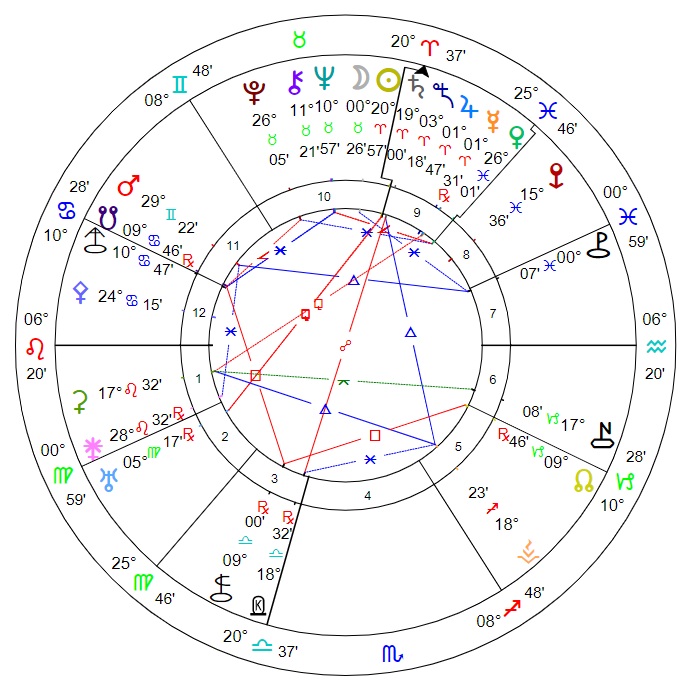Basics
Class: M-type asteroid
Location: Main belt
Orbit length (approx): 4.67 years
Discovered: 10th April 1880 (time unknown), at the Austrian Naval Observatory (Pola; now Pula, Croatia), by Johann Palisa
Notes: Noted for its elongate bone or dumbbell shape. It has two small minor-planet moons which were discovered in 2008 and later named Alexhelios and Cleoselene (after two of Cleopatra’s children).
Events at time of discovery:
- April 15 – Birth of Max Wertheimer, Austrian-born psychologist, father of gestalt theory
- May 2 – After having her lights installed by Edison’s personnel, the SS Columbia is lit up for the first time at the foot of Wall Street, in New York City.
- May 13 – In Menlo Park, New Jersey, Thomas Edison performs the first test of his electric railway.
Naming information
Name origin: Cleopatra, queen of Egypt from about 50 BCE to her death in 30 BCE. Realising she needed Rome’s help to sustain her nation, she became the lover of Julius Caesar and, later, the wife of Mark Antony. However, during the war between Antony and Octavian (Augustus), Antony was defeated and Cleopatra’s kingdom was finally annexed by Rome.
 |
| The Berlin Cleopatra: a marble bust of Cleopatra from c. 40-30 BCE wearing a royal diadem band, held in the Altes Museum, Berlin, Germany. |
Astrological data
Discovery degree: 18+ Libra
Discovery Sabian: A Gang of Robbers in Hiding
Discovery nodal signature: Scorpio–Taurus
Estimated orbital resonances: Earth 3:14, Mars 5:11, Saturn 19:3, Uranus 18:1
Discovery chart details: Noon. Kleopatra was opposite Saturn and sextile Vesta. Stellium in Aries, possibly in Taurus also. Chariklo square the Nodes. Mercury conjunct Jupiter; Venus semi-square Chiron-Neptune and sextile Pluto. Mars sextile Juno and trine Pholus; Ceres sesquiquadrate Jupiter and Sedna, and trine Vesta; Vesta trine Saturn. Asbolus sextile Chiron-Neptune and semi-square Pluto. Ceres quincunx Nessus.
Summary and references
Interpretations given so far include: access rights granted to a trusted person[1]; where we see ourselves as infallible and struggle to perceive our flaws, strength and charisma, lack of consideration[2]. May also relate to assertion of our personal rights, especially to recognition; decisiveness, resilience, inventive use of resources.
References:
1) Amable: (216) Kleopatra
2) Neptune’s Aura Astrology: Kleopatra 216
 |
| Noon discovery chart for (216) Kleopatra: 10th April 1880, Pula, Croatia. |
